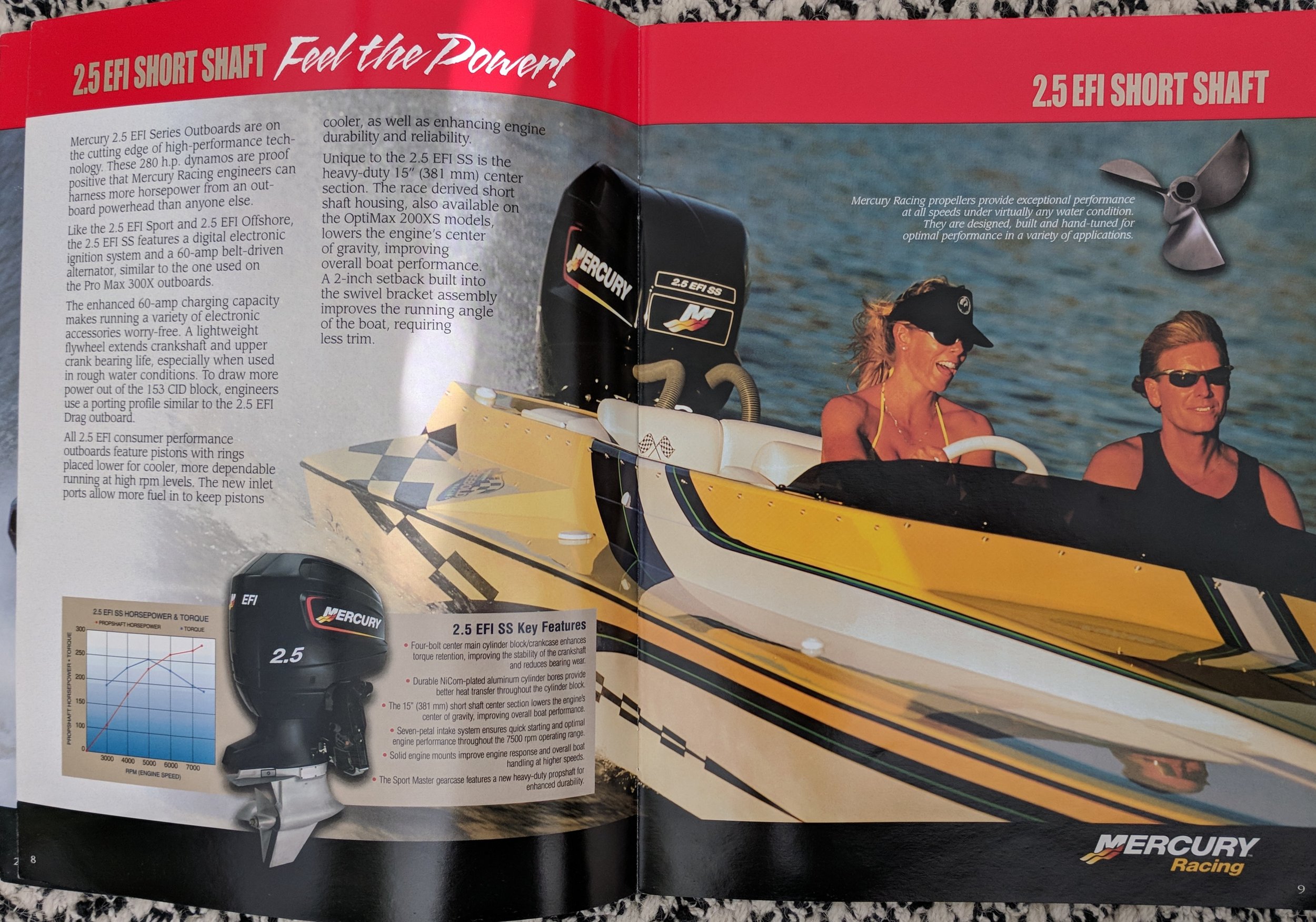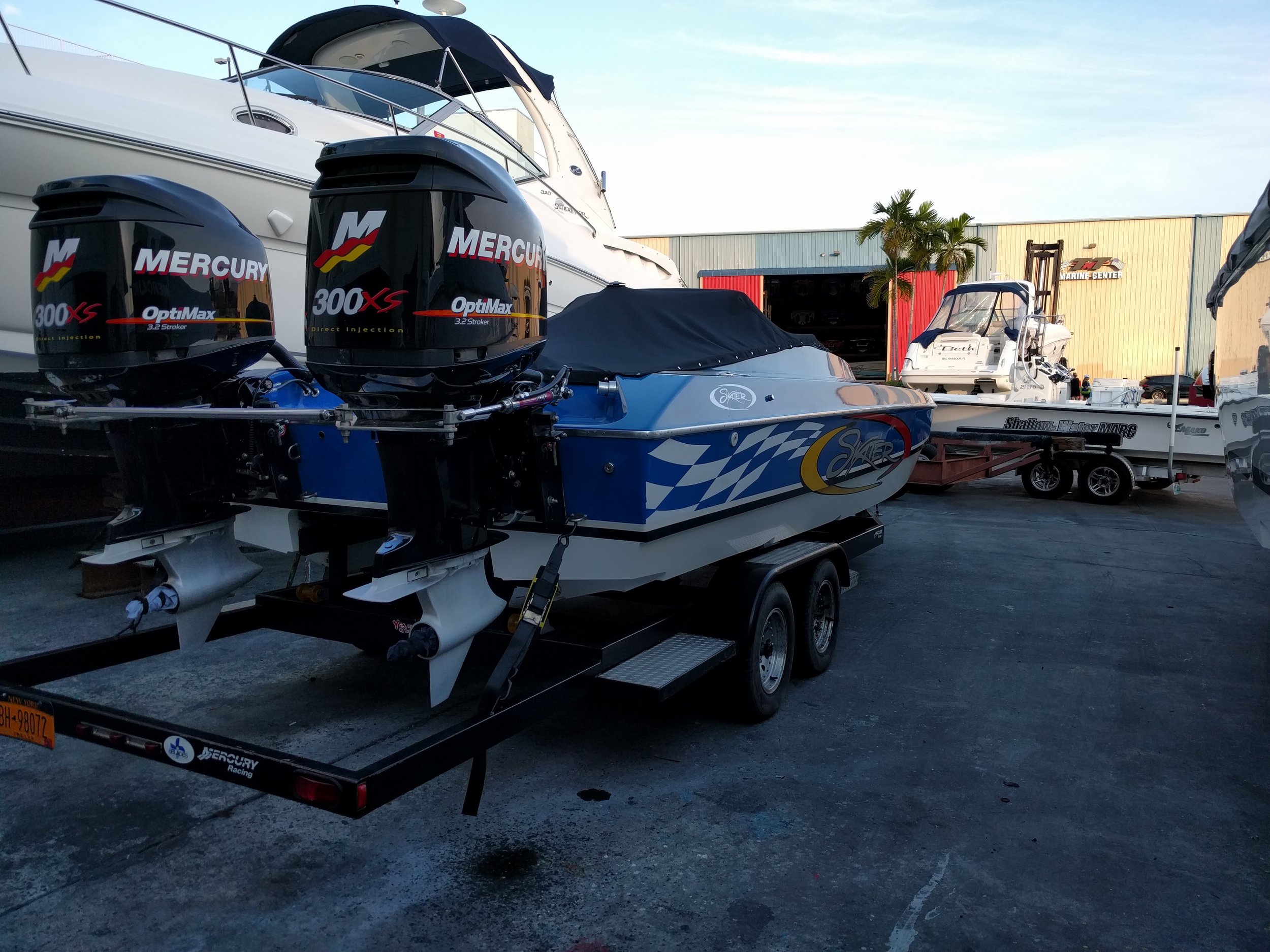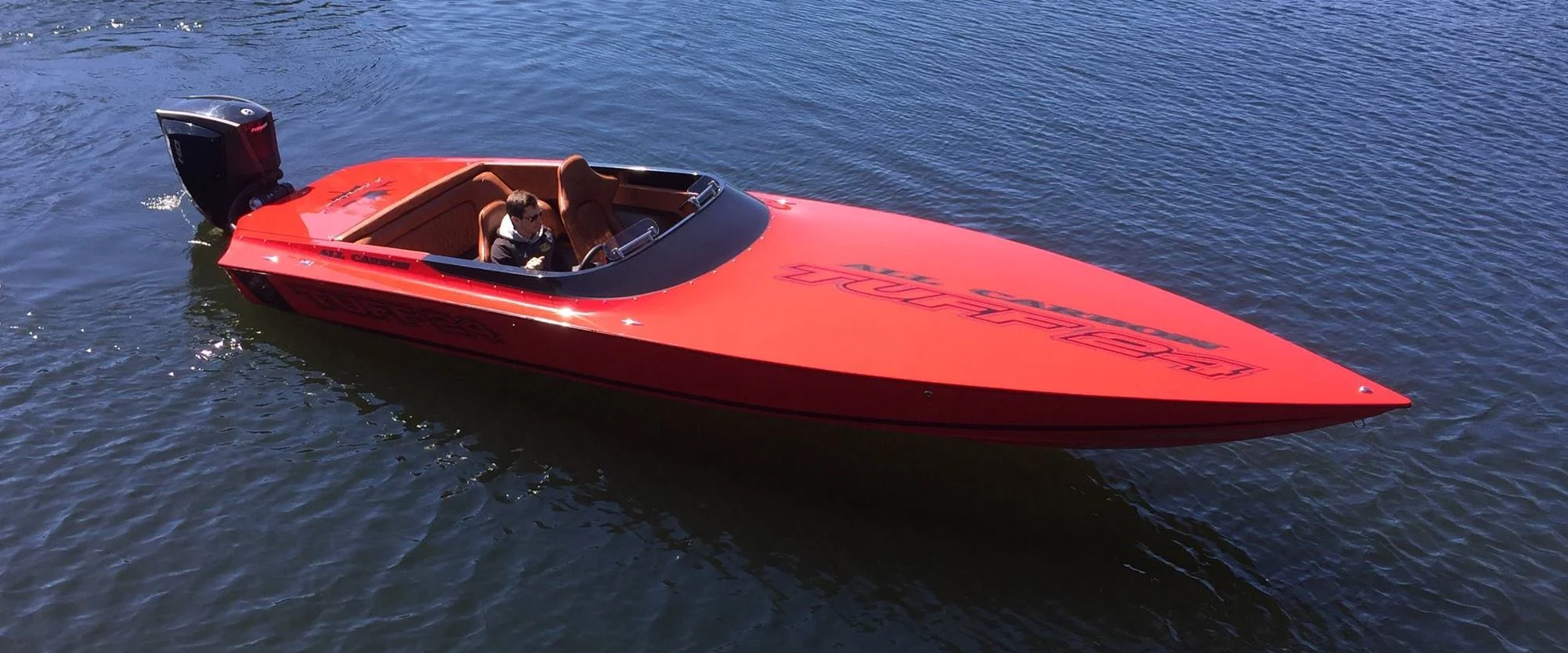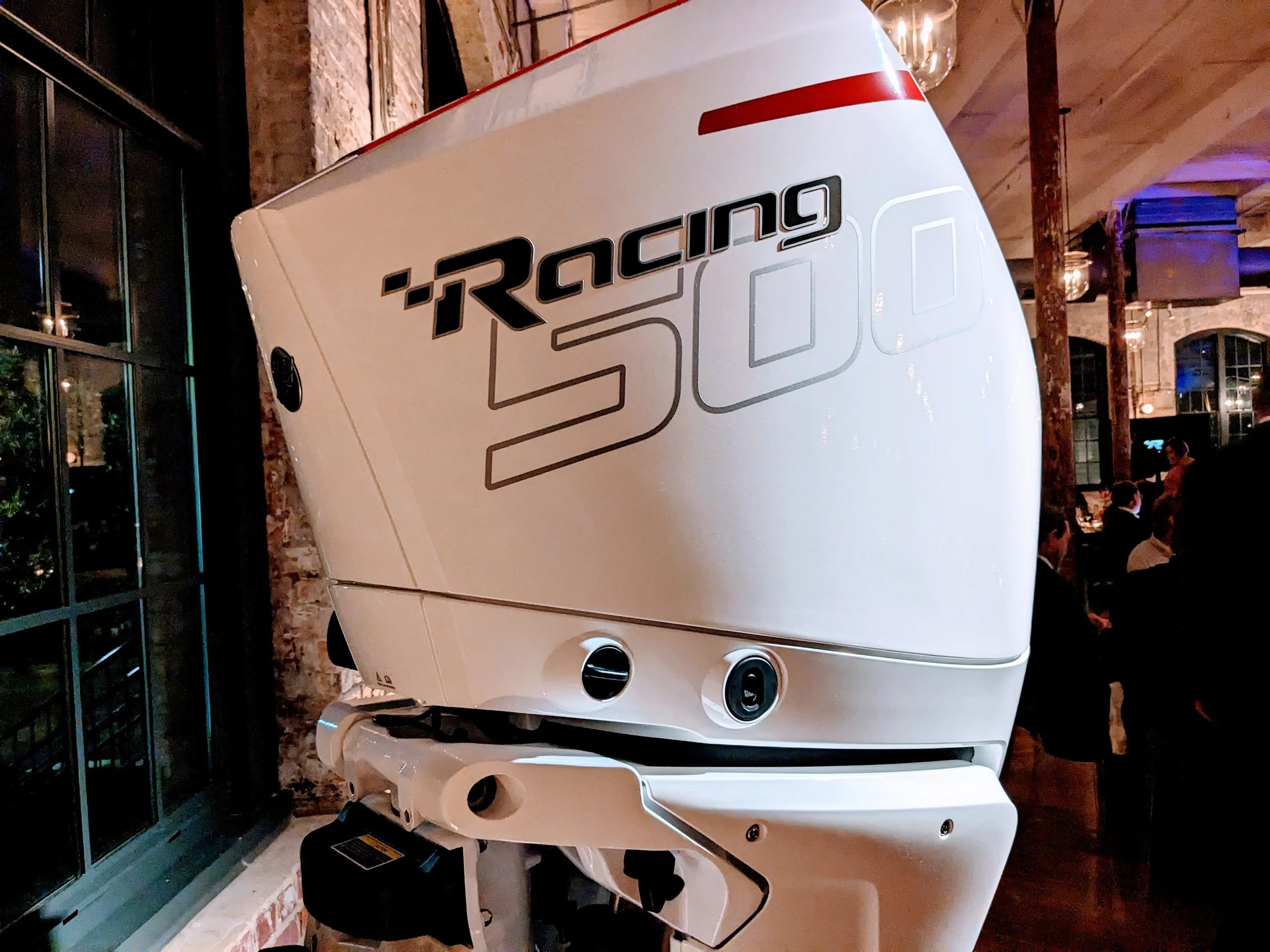Outboards: Mercury Racing and the High Performance Opportunity
To start, I will say that this article is aimed at documenting the abandonment of a specific market that Mercury Racing was instrumental in creating. The high performance outboard market is almost non existent, yet outboard sales are at all time highs. How does that make sense? I want to look at the market opportunity Mercury Racing has created by slowly abandoning the high performance market. The last model, the 200 XS ROS, was not really marketed to consumers, had no warranty and was only available in a 15’ mid section. Basically, they made it extremely difficult to buy. At the same time, the outboard market is growing and outboards are dominating new boat sales. From pontoon boats, bass boats and family cruisers, outboards are all the rage and with good reason.
Today, high performance outboards are geared more towards fishing boats, not high performance boats, with a few exceptions. The Mercury Racing 250 XS and 300 XS are the only true performance engines for consumers, as we outlined in our “Ultimate Outboard Buyer’s Guide” a true performance outboard has some critical differences. Differences include solid engine mounts, choice of gearcase, optional 20’ or 15’ mid and internals that can handle high RPM running. But, there is one more critical point, weight, the lighter the better and the current offerings are too heavy.
Weight
The last of a legacy of 2.5L racing engines. This 2.5 200 Optimax was never marketed to consumers and had no warranty, making it difficult to buy.
In its prime, Mercury Racing made a 225 ProMax that came in under 400 Lbs and is one of the most sought after engines on the used market even today because of its incredible specs. The race 2.5 280 HP engine was even more stout and was incredibly light at 375 Lbs. A new 300 XS weighs over 500 Lbs and doesn’t have the RPM range those older 2.5 engines did. The 2.5L 175 ProXS is the closest thing but it’s not quite comparable.
But, this article is not to reminisce about the old days or old technology, I am arguing the opposite actually. There is an opportunity for a manufacturer to produce high performance models in the 200, 225 and 300 HP range that are true performance engines and they don't have to be a two-strokes necessarily. How do I know this? I get emails, talk to manufacturers and hear friends talk about not being able to get a new engine for their boat. Additionally, if you read market reports, you see trends in sales in the 115 to 250 HP range that are telling.
Handling
Allison boats has a difficult time rigging their ultra efficient boats with todays heavy outboards. Excess weight caused handling issues.
In our recent “The Fastest Single Engine Outboard Boats” we talked about some amazing boats available today but your biggest challenge will be how to power it. Your best option will be an engine like the 175 ProXS for the Allison and the other light hulls and for the bigger hulls, maybe the 225 / 250 ProXS, the 4.2L 200-250 Yamaha Vmax SHO or the Evinrude G2 3.4L 200-250 HO. If it were me, I’d probably opt for the 175 Pro XS or maybe the 175 Vmax SHO, they are the lightest and to me light is better for handling on a small hull. The 300 XS is a lot of power for most of those boats. Weight makes a huge difference in handling on some hulls. An Allison SS 2000, one of the most beautiful performance boats you can buy, can’t run any of the big block engines, they’re just too heavy.
A 2001 Mercury Racing 2.5 SS 280 HP, the ultimate lightweight powerhouse.
In motorcycles, we’ve seen the transition to four-stroke. Today, in outboards, the four-strokes are beating two-strokes in weight. The Vmax SHO is every bit as light as the 3.0 Mercury engines and lighter than the Evinrude G2s. The new Mercury 150 four-stroke is a new technology engine that is about 450 Lbs. and has the displacement to make way more power and torque. Suzuki and Honda are not even in the high performance game at all but both have serious race credentials with their motorcycles. I’m surprised they haven’t looked at it. I actually don’t think the performance buyer cares if it is a two-stroke or four-stroke. Show me a 400 pound 225 HP a warranty, solid mounts, low water pickup and I’ll show you an engine that would cream every other 225 or 250 in sales.
Market
Seven Marine was very successful in creating their own market, instead of following the herd. They produced beautifully engineered V8 outboards for a niche market that was thought to not exist.
The repower market is huge, the new market is there and you would have a massive differentiator. According to the National Marine Manufacturers Association, outboard sales have been growing massively in the last 6 years from around 100,000 units in 2011 to more than 150,000 at the end of 2016. It’s no secret, if you want to win in a competitive landscape, create a new market, don’t go after the same crowded market with a non differentiating product. Seven Marine did this and won big in a category they created.
A consumer orientated race series engine line to showcase new technology and market your brand is smart. When I was young, seeing the Mercury Racing brochure was inspiring. The brochure was full of boats and engines you wished you could have, it was the halo effect for Mercury in general. Car companies have been doing this with remarkable success, the same with motorcycles. Mercury left that market, they focus on the big stuff now, which is fine but the real bread and butter performance market is 200-300 HP. The market is there, it’s just waiting for someone to deliver.
A Progression 22 seen here in an old Mercury Racing brochure, with a Mercury Racing 260 HP 2.5
The 300 XS is great on hulls that can handle the power and weight but for single engine hulls, they are often too much power and a little bit expensive for some.
This is the direction Mercury Racing is going, big engines, big boats. The big offshore boats, center consoles and large cats can use these heavy beasts but they are not good single engine sport boat options. These are for guys that drive their boat a few times a year, wear loafers and slurp vodka sodas at parties while bragging about how many times they've been married.













